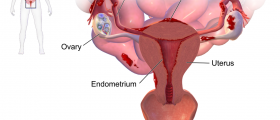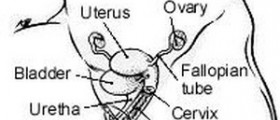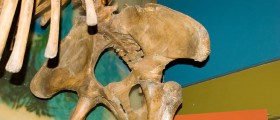
What are the most obvious endometriosis symptoms?
Pain in the pelvic area is the single most obvious endometriosis symptom. This pain can be felt in the areas affected by endometrial cells, including the fallopian tubes, ovaries, intestines, pelvic wall, and bladder. It may be mild or severe, and can be constant or cyclical. Painful intercourse, urination, and back pain frequently go hand in hand with this. Failure to get pregnant (infertility) can indicate endometriosis. If you have been trying to get pregnant for a long time, particularly if you have other symptoms too, ask your doctor to look into this. Heavy or prolonged menstrual periods can be an endometriosis symptom. Some endometriosis patients experience chronic fatigue, depression, and anxiety. Constipation can have many causes, but can be linked to endometriosis as well. Pain in the upper legs and thighs. More frequent headaches.Women who recognize themselves in the description of the most obvious endometriosis symptoms are advised to make an appointment with their OB/GYN or family practitioner. These symptoms can be caused by other reproductive conditions as well, but all of them require treatment or medical monitoring. Endometriosis treatments include hormonal medications (progesterone and Lupron, to name two examples) and surgery. There is no cure for endometriosis, but it can often be successfully managed. Surgical approaches are different depending on whether the patient wishes to be able to get pregnant in future, or not.
- www.nhs.uk/conditions/endometriosis/
- www.nhs.uk/conditions/womb-cancer/symptoms/
- Photo courtesy of Diego F. Garcia P. by Flickr: www.flickr.com/photos/gogeid/20674952571/
















Your thoughts on this
Loading...